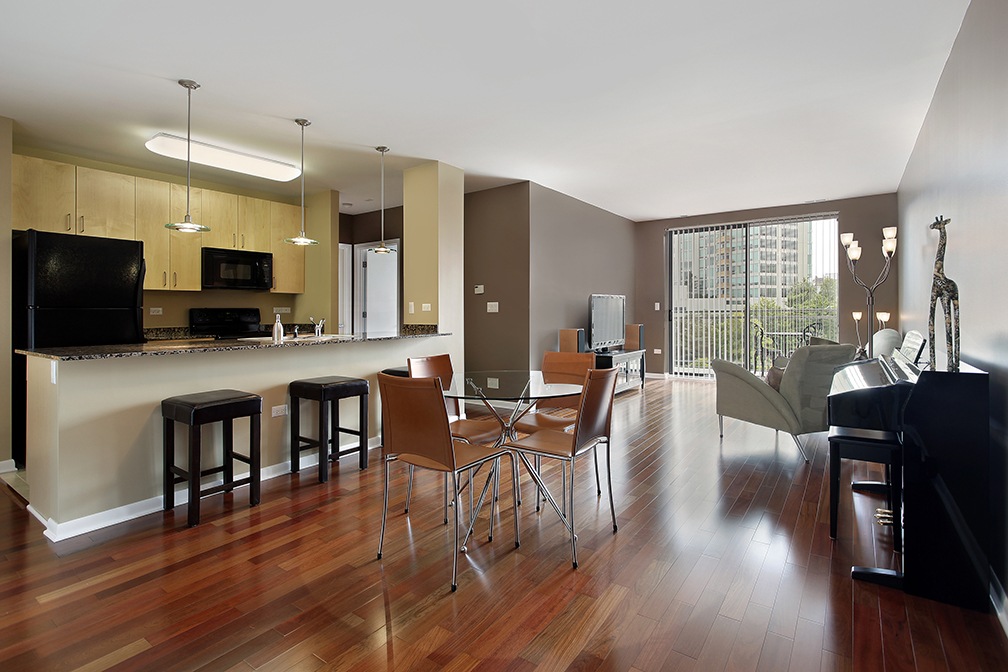Downsizing? Here’s What You Can Expect When You Move From a House to a Condo
 Whether the kids have moved out or you just aren’t using the extra bedrooms, having a house that feels ‘too big’ is rarely fun. In today’s post, we will share a few changes you can expect when you downsize from a large house to a smaller apartment or condo.
Whether the kids have moved out or you just aren’t using the extra bedrooms, having a house that feels ‘too big’ is rarely fun. In today’s post, we will share a few changes you can expect when you downsize from a large house to a smaller apartment or condo.
Why Downsize At All?
As you might imagine, having too much space is the primary reason that couples and families downsize. Larger homes cost more to maintain and can feel empty if it’s just one or two people living there. In many cases, old items and clutter tend to build up as there is so much storage space. Downsizing to a smaller home helps to maintain a lifestyle that is more efficient but no less luxurious.
Ask Yourself: Are You Ready?
Another consideration that you will need to make: are you ready to move? If you are retired from work, then you likely have enough time on your hands to manage a move. Conversely, if you and your spouse are both working full-time and live near your workplace, you may want to source a smaller home nearby.
Don’t forget that if you own the house you are living in now, this might mean having to list and sell it while buying your new home. This is a common situation and isn’t a significant problem, but it will require a bit of scheduling and financial planning.
The Hardest Part: Choosing What To Keep
Ask any couple or family that has downsized their home about the toughest part, and many will share that it was choosing what stays and what goes. When space is at a premium, everything from shoes to appliances needs to be considered.
Spend some time going through each room in your house, taking an inventory of what you have. Are there any family heirlooms or other emotional items that you can’t part ways with? After that, is there anything that will be usable in your new home? Everything else should be considered fair game. Sell it, donate it or toss it out.
Moving to a smaller home can seem challenging at first, but it is a lifestyle choice that can pay significant dividends. When you are ready to make a move, contact our professional mortgage team.
 Ask any experienced homeowner and you’ll learn that buying in a ‘hot’ real estate market can be challenging. A high supply of buyers competing for a low stock of available homes is a combination that can lead to bidding wars, price inflation, and other headaches. The good news: with some careful preparation and the right mindset, a bidding war is one that you can win. Read on to learn how you can beat out other bidders by making an irresistible offer.
Ask any experienced homeowner and you’ll learn that buying in a ‘hot’ real estate market can be challenging. A high supply of buyers competing for a low stock of available homes is a combination that can lead to bidding wars, price inflation, and other headaches. The good news: with some careful preparation and the right mindset, a bidding war is one that you can win. Read on to learn how you can beat out other bidders by making an irresistible offer. Have you been dreaming about a larger, roomier or more luxurious living space? Or perhaps just want to experience the joy of owning your own home and building your net worth instead of renting? Let’s explore a few questions that can help to answer whether or not you’re ready for a new lifestyle as a homeowner.
Have you been dreaming about a larger, roomier or more luxurious living space? Or perhaps just want to experience the joy of owning your own home and building your net worth instead of renting? Let’s explore a few questions that can help to answer whether or not you’re ready for a new lifestyle as a homeowner.